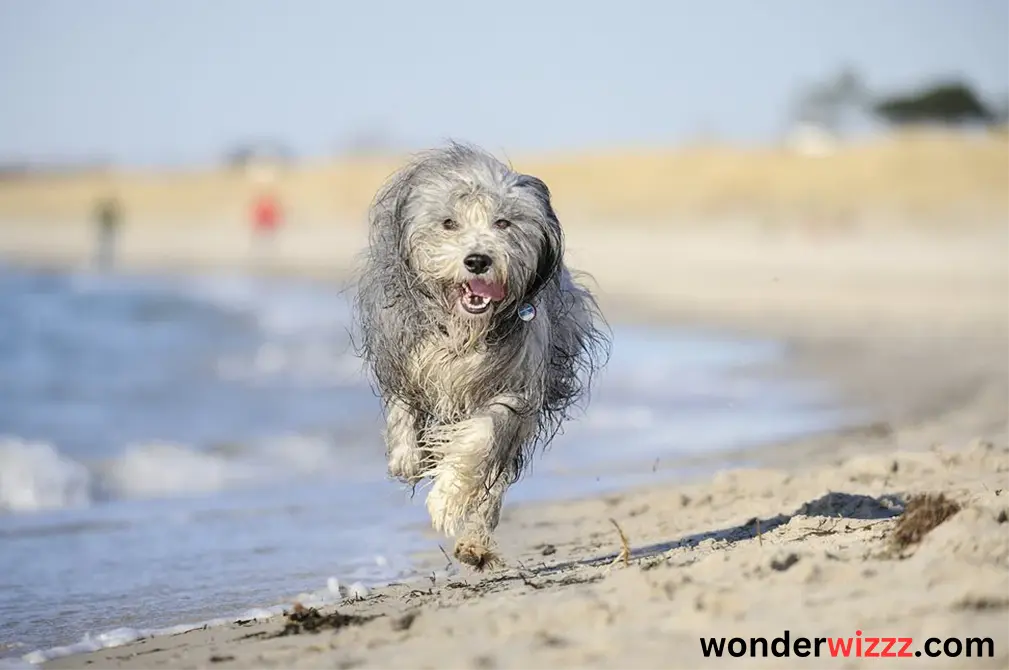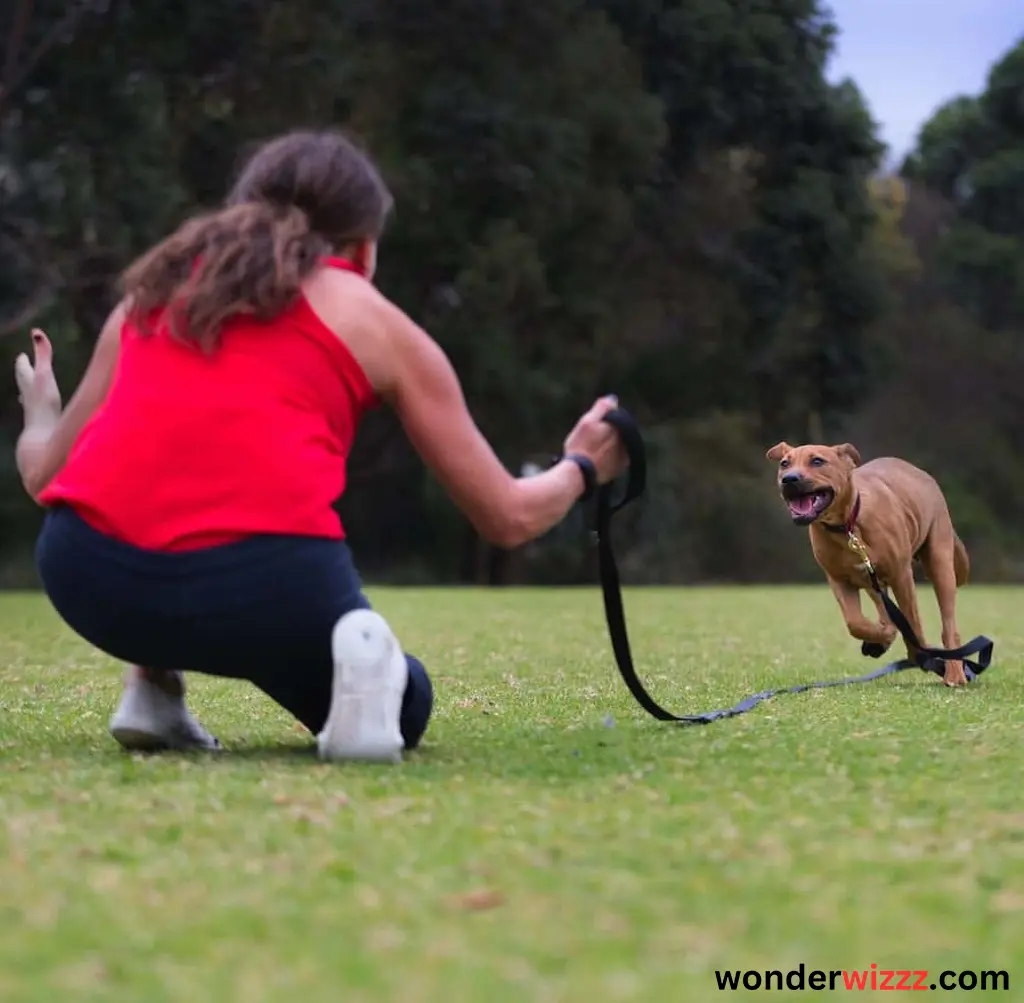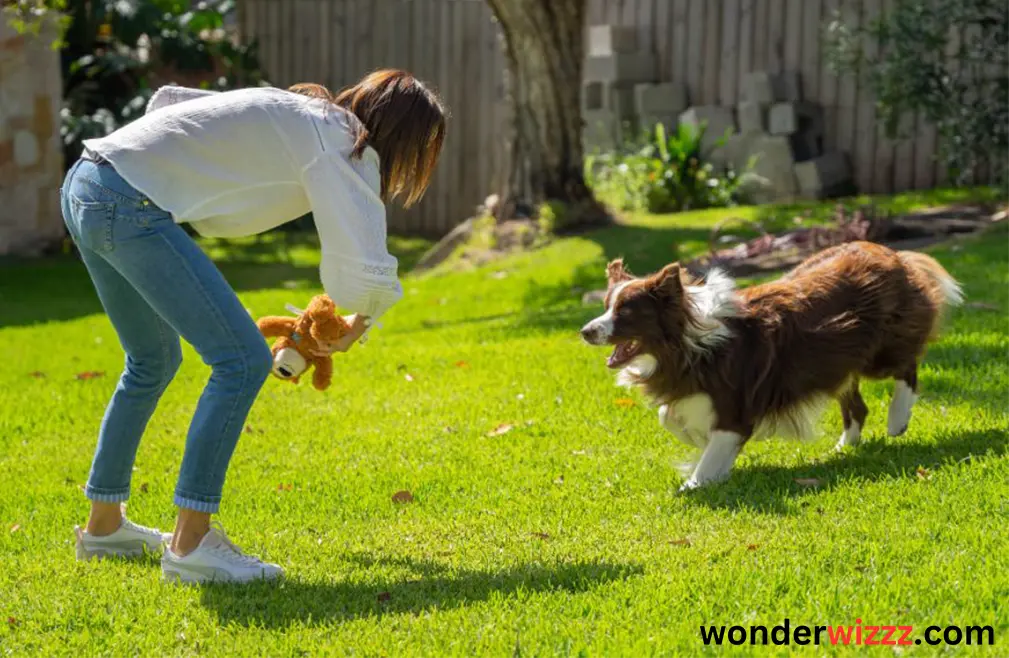How Can You Teach Your Dog to Come When Called?

Introduction
A. Brief Overview of the Importance of Teaching Your Dog to Come When Called
Teaching your dog to come when called is super important because it keeps them safe and helps you bond. Imagine if your dog runs off, but you can call them back every time. It’s like having a superhero power!
B. Introduction to the Training Process
Training your dog to come when called is like teaching them a special game. You’ll use treats, praise, and lots of patience to show them how fun it is to listen to your command and run back to you whenever you call.
C. Preview of Key Steps Outlined in the Article
In this article, we’ll break down the training process into simple steps. First, we’ll talk about getting your dog’s attention, then we’ll move on to teaching the “come” command, and finally, we’ll show you how to practice and reinforce this skill so your dog becomes a pro at it. Let’s dive in!

Understanding the Importance of Recall Training
A. Safety Considerations for Dogs and Owners
Recall training keeps your dog safe by preventing them from running into dangerous situations like busy roads or meeting unfriendly animals. It’s like giving them a superhero cape to stay out of trouble!
B. Building Trust and Strengthening the Bond Between Owner and Dog
When your dog learns to come when called, it’s like they’re saying, “I trust you, and I want to be with you.” This strengthens your friendship and makes your bond unbreakable, like a best friend forever.
C. Enhancing Off-Leash Experiences and Freedom for the Dog
Imagine your dog running freely in the park, chasing butterflies, and exploring without a leash holding them back. Recall training gives them the freedom to enjoy these adventures while still staying close by your side, like partners in crime.
D. Reducing the Risk of Disobedience and Potential Dangers
Sometimes dogs can be naughty and ignore commands, but recall training helps reduce this risk. It’s like teaching them the rules of the game so they know how to stay safe and avoid getting into trouble.

Preparing for Recall Training
A. Assessing Your Dog’s Current Behavior and Obedience Level
Before starting recall training, it’s essential to understand how your dog behaves and follows commands. This helps you figure out where to begin and what areas need extra practice.
B. Identifying Motivators and Rewards for Your Dog
Just like how you get excited about your favorite treat or toy, your dog has things they love too! Figuring out what motivates your dog, whether it’s tasty treats or a game of fetch, will make training more fun and successful.
C. Creating a Suitable Training Environment Free from Distractions
Think of recall training like learning in school; it’s easier to concentrate in a quiet classroom than a noisy playground. Find a quiet spot with few distractions, like your backyard or a quiet park, to help your dog focus better during training sessions.
D. Gathering Necessary Training Tools and Supplies
For successful recall training, you’ll need a few tools like a sturdy leash, tasty treats, and maybe even a clicker to mark good behavior. Gather these items beforehand so you’re all set for training time.

Basic Recall Training Techniques
A. Establishing a Positive Association with the Recall Command
To teach your dog to come when called, make sure they think it’s the best thing ever! Use a happy tone and reward them every time they come to you, so they associate the command with good things like treats and praise.
B. Using Treats or Toys as Rewards for Coming When Called
Imagine if someone offered you your favorite snack every time you did something good – you’d want to keep doing it, right? Well, it’s the same for your dog! Use yummy treats or their favorite toy as a reward for coming when called, and they’ll be eager to do it again and again.
C. Incorporating Positive Reinforcement Techniques
Positive reinforcement means focusing on the good stuff your dog does instead of the bad. So, when they come to you when called, shower them with praise, pets, and treats! This helps them understand that coming when called is the right thing to do.
D. Gradually Increasing Distance and Distractions During Training Sessions
Start training in a quiet place with few distractions, then slowly add more challenges like distance and distractions. It’s like leveling up in a video game – you start with the easy levels and work your way up to the harder ones. This helps your dog learn to come when called no matter what’s going on around them.

Advanced Recall Training Methods
A. Introducing Verbal and Visual Cues for Recall
Now that your dog understands the basics, it’s time to add some extra signals to make them even better at coming when called. You can use both words like “come” and hand signals like waving your hand to give them a clear message.
B. Implementing Intermittent Reinforcement to Strengthen the Behavior
Instead of giving treats every single time your dog comes when called, mix it up! Sometimes give treats, sometimes just praise or a quick pat on the head. This keeps them guessing and makes them even more eager to respond to your command.
C. Practicing Recall in Various Environments and Scenarios
Your dog might be a pro at coming when called in your backyard, but what about at the park or when there are other dogs around? Practice in different places and situations so your dog learns to listen to you no matter where you are.
D. Addressing Challenges Such as Distractions and Competing Motivations
Life is full of distractions, whether it’s a squirrel running by or another dog playing nearby. Teach your dog to ignore these distractions and focus on you by gradually exposing them to distractions during training sessions. This helps them stay focused on coming when called, even when there are tempting distractions around.
Troubleshooting Common Challenges
A. Dealing with Reluctance or Resistance from Your Dog
Sometimes your dog might not feel like coming when called, but don’t worry! Stay patient and use extra tasty treats or their favorite toy to encourage them. Remember, positive reinforcement works wonders!
B. Handling Distractions and Maintaining Focus During Training
Distractions can be tough, but practice makes perfect! Start with easy distractions and gradually increase the difficulty. And don’t forget to praise and reward your dog for staying focused despite the distractions.
C. Addressing Issues of Inconsistency and Reinforcement Timing
Consistency is key in dog training. Make sure everyone in the family uses the same commands and rewards your dog for coming when called every time. Also, remember to reward them immediately after they come to reinforce the behavior.
D. Seeking Professional Assistance if Needed
If you’re having trouble, don’t be afraid to ask for help! Professional dog trainers can offer guidance and personalized solutions to overcome any challenges you and your dog may face. They’re like coaches who can help you and your dog reach your training goals.
Maintaining and Reinforcing Recall Behavior
A. Incorporating Recall Practice into Daily Routines
Make coming when called a part of your daily activities with your dog. Practice during walks, playtime, and even at home. The more you do it, the better they’ll get!
B. Continuing to Reinforce Positive Behavior with Rewards and Praise
Even after your dog masters recall, keep rewarding them for coming when called. This reinforces the behavior and reminds them that listening to you is always a good thing.
C. Addressing Regression or Lapses in Training
If your dog starts ignoring your recall command or forgets what to do, don’t get discouraged! Go back to basics, practice more, and use extra enticing rewards to remind them how fun it is to come when called.
D. Understanding the Importance of Ongoing Reinforcement and Consistency
Consistency is like the glue that holds everything together in dog training. Keep using the same commands, rewards, and training methods to maintain your dog’s recall behavior. With patience and persistence, you’ll have a reliable and obedient furry friend by your side!
Conclusion
A. Recap of Key Points Discussed in the Article
Throughout this article, we’ve learned that teaching your dog to come when called is crucial for their safety and your bond. We’ve covered steps from preparing for training to troubleshooting common challenges.
B. Encouragement for Dog Owners to Start or Continue Recall Training
If you haven’t started recall training yet, don’t wait! It’s a pleasurable and satisfying journey for both you and your dog. And if you’ve already begun, keep up the great work! Consistency is key, and your efforts will pay off.
C. Emphasizing the Benefits of a Well-Trained Recall Command for Both Dog and Owner
Having a well-trained recall command means peace of mind knowing your dog will come back to you, even in tricky situations. It also strengthens your bond, making your relationship with your furry friend even more special.
D. Closing Thoughts on the Rewarding Journey of Training and Bonding with Your Dog
Training your dog to come when called is just the beginning of a beautiful journey together. As you work and bond with your dog, you’ll create unforgettable memories and a lifelong partnership filled with love, trust, and endless adventures. Enjoy every moment!
People also ask
How do I train my dog to come when called?
Start with short distances and use treats to reward them when they come.
How can you correct a dog that doesn’t respond when called?
Avoid punishment; instead, use positive reinforcement to encourage them to come.
What might be the reason for my dog not responding when called?
Possible reasons include lack of training, distractions, or fear.
How do you get your dog to come to you every time you call?
Consistent training, using positive rewards, and being patient are essential.
What causes my dog to disregard me when I call?
Possible reasons include distractions or lack of training reinforcement.
How do you teach a stubborn dog to recall?
Use high-value treats, consistent training, and patience to encourage them.



